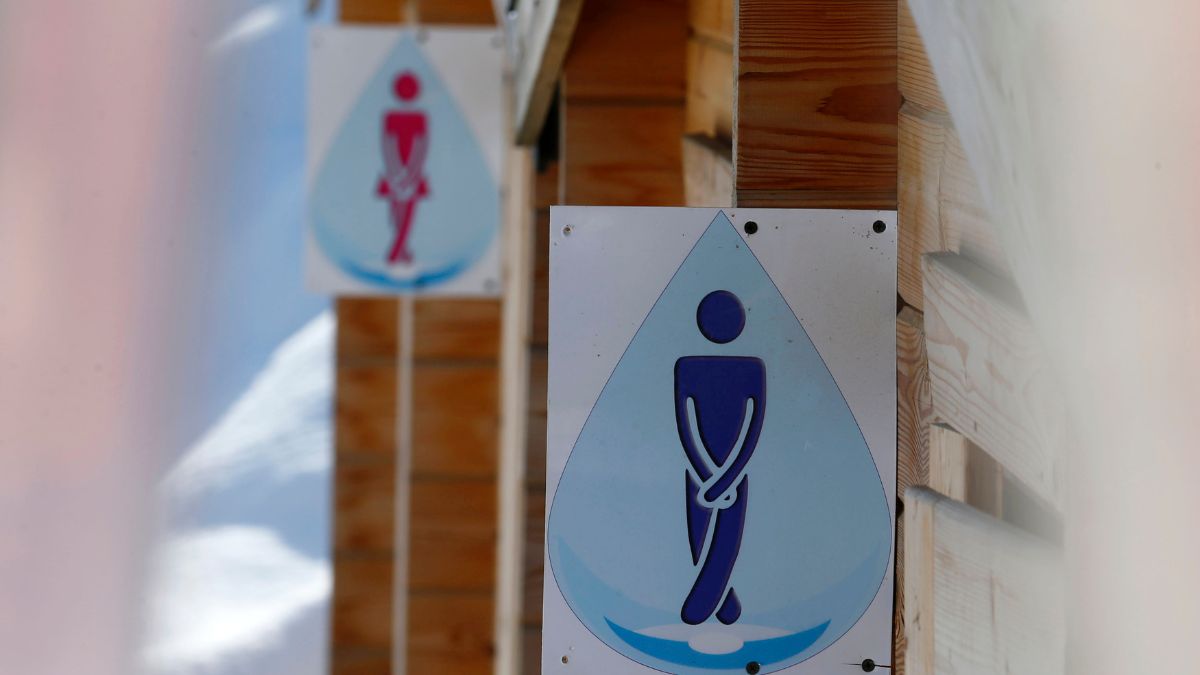“Are we stopping again already?” It’s a familiar complaint on family road trips and one that’s often aimed at women. From sitcoms to stand-up routines, the idea that women have smaller bladders has become a cultural punchline. But is it anatomically accurate?
The short answer? Not really. The full picture reveals a more complex – and far more interesting – interplay between anatomy, physiology and social conditioning. Women might feel like they need to go more often, but their actual bladder size isn’t significantly different.
The bladder is a muscular balloon engineered for flexibility. Two key features make this possible: the detrusor muscle and transitional epithelium.
The detrusor is a layer of smooth muscle that forms the bladder wall. Its unusual elasticity – a quality known as compliance – allows it to stretch without triggering constant “full” signals. When nature calls, it contracts forcefully to empty the bladder.
An inner lining, the transitional epithelium, behaves like biological origami, it stretches and flattens to accommodate expanding volume, all while shielding underlying tissues from the toxic contents of stored urine.
Thanks to this clever design, your bladder can expand and contract throughout a lifetime without tearing, losing tone, or sounding false alarms – most of the time.
How sex makes a difference
In structural terms, male and female bladders are more alike than different. Both comfortably hold around 400–600 millilitres of urine. What surrounds the bladder can influence sensation and urgency, and this is where the differences begin.
In men, the bladder nestles above the prostate and in front of the rectum. In women, it sits in a more crowded pelvic compartment, sharing space with the uterus and vagina. During pregnancy, the growing uterus can compress the bladder – hence the dash to the loo every 20 minutes in the third trimester.
Impact Shorts
More ShortsEven outside pregnancy, spatial constraints may mean the bladder triggers a sense of urgency earlier. Some studies suggest women are more likely to feel bladder fullness at lower volumes – possibly due to hormonal influences, increased sensory input or the dynamic relationship between pelvic floor support and bladder stretch.
The pelvic floor – a sling of muscles supporting the bladder, uterus and bowel – is crucial. In women, it can be weakened by childbirth, hormonal shifts or simply time, altering the coordination between holding on and letting go.
Much of that control hinges on the external urethral sphincter – a ring of voluntary muscle that acts as the bladder’s gatekeeper, helping you wait for a socially convenient time to void.
A part of the pelvic floor complex, and like any muscle, it can lose tone or be retrained. Meanwhile, urinary tract infections (more common in women due to a shorter urethra) can leave the bladder hypersensitive, upping the frequency of urination even after the infection has passed.
Other factors that impact peeing habits
Toileting habits can vary across cultures. But from a young age, many girls are often taught to “go, just in case” or avoid public toilets. These habits can train the bladder to empty prematurely, reducing its capacity to stretch.
Meanwhile, boys are often given more leeway – or encouraged to wait. Anyone who has ever “hovered” over a toilet seat will also recognise that hygiene concerns will influence behaviour. Over time, the bladder learns. You can’t change its size, but you can train its tolerance.
Bladder training, a technique championed by the NHS and the British Association of Urological Surgeons, involves gradually increasing the time between toilet trips. This helps reset the feedback loop between bladder and brain, restoring capacity and reducing the sensation of urgency.
Often combined with pelvic floor exercises, it’s an effective, non-invasive way to take back control – especially for those with overactive bladder syndrome or stress incontinence.
So women may not have smaller bladders, but they may have less room to manoeuvre, both anatomically and socially. The next time someone rolls their eyes at a toilet stop, remind them: it’s not about weak willpower or tiny tanks. It’s about anatomy, habit and hormones.
This article is republished from The Conversation under a Creative Commons license. Read the original article.


)

)
)
)
)
)
)
)
)



